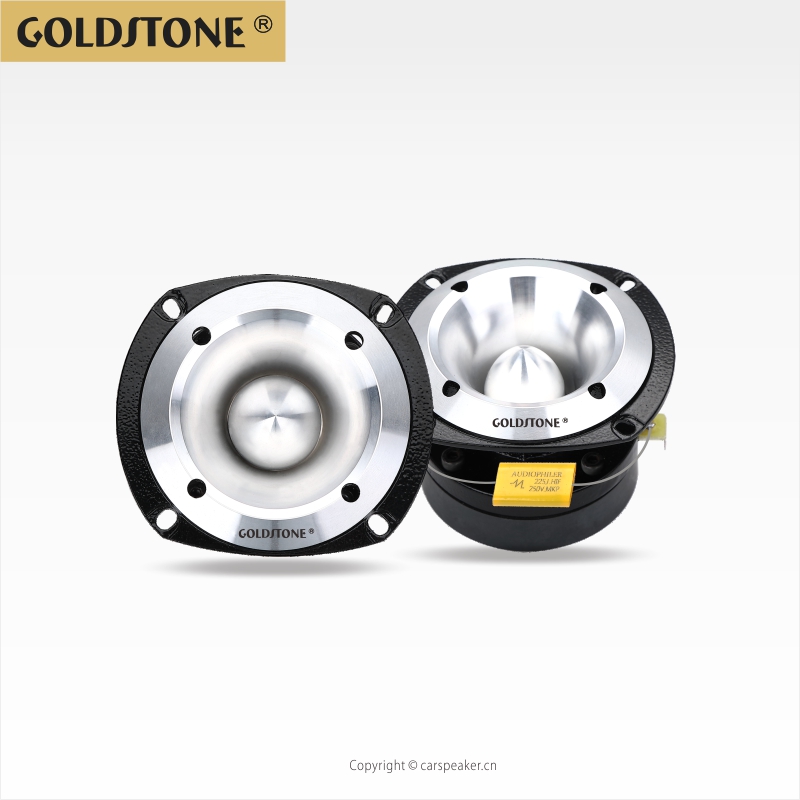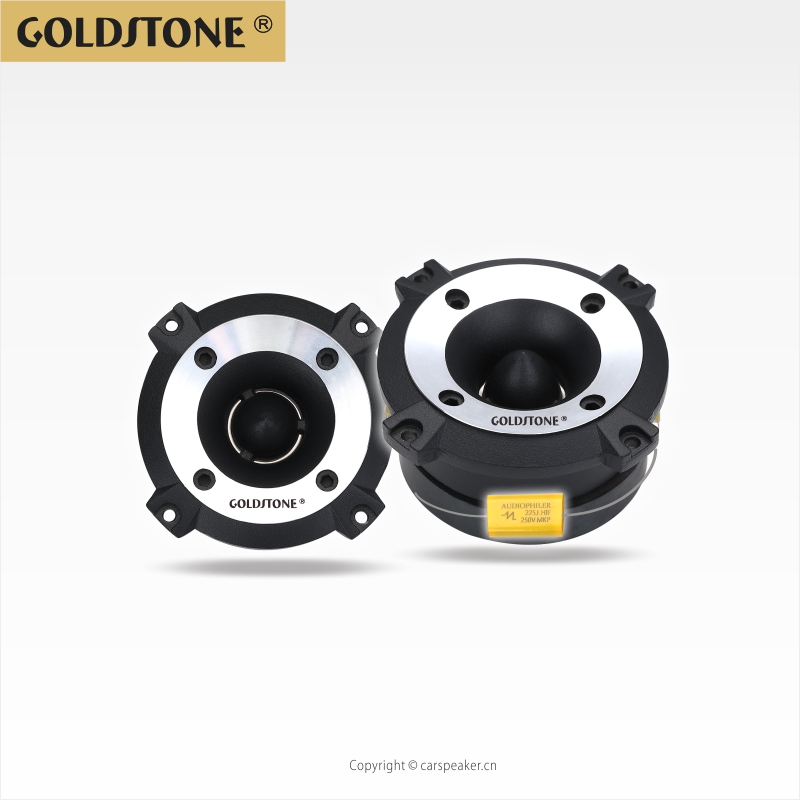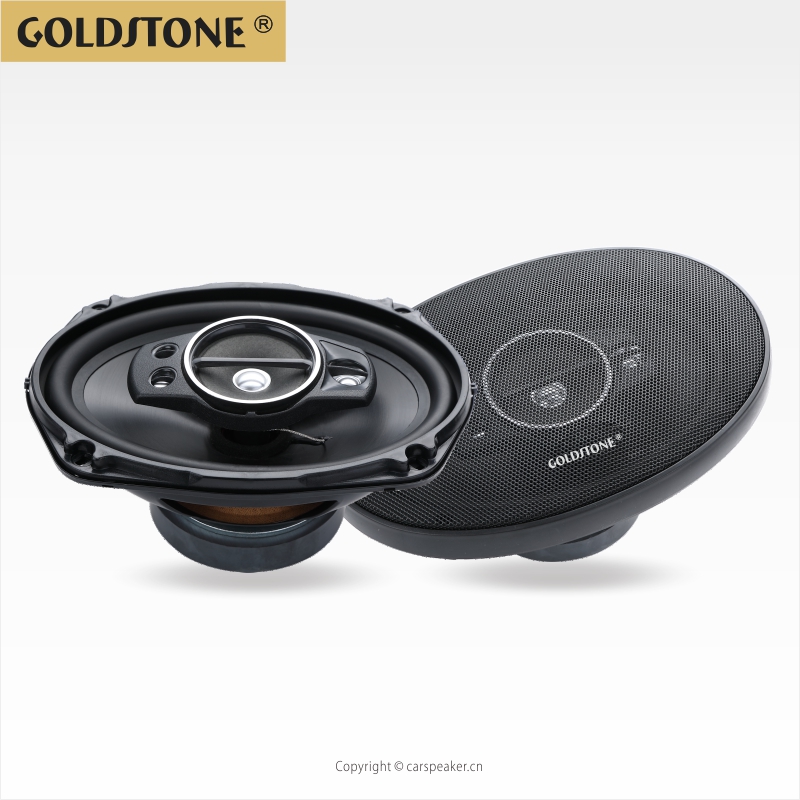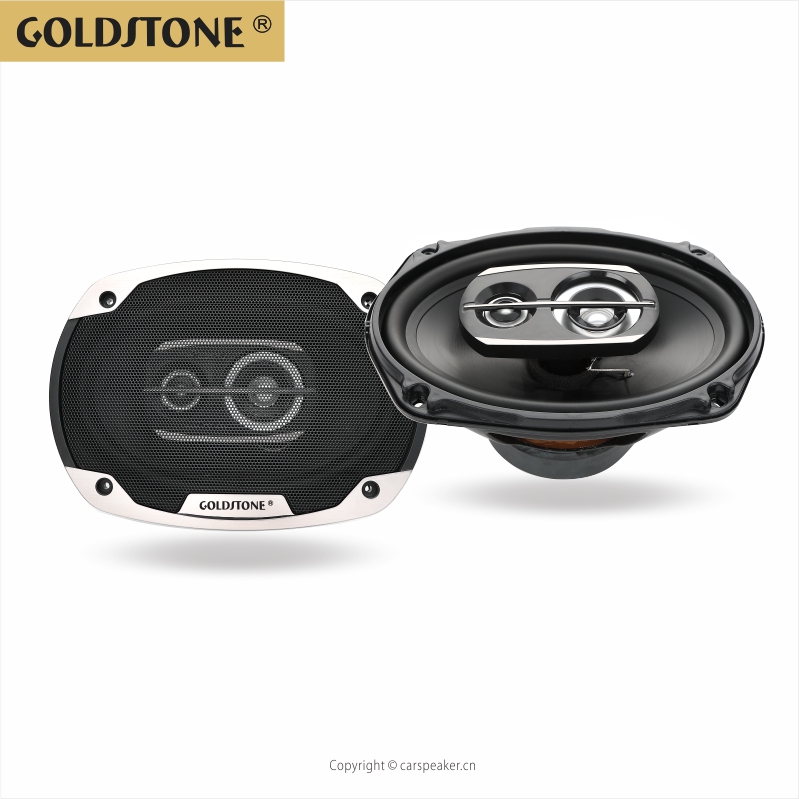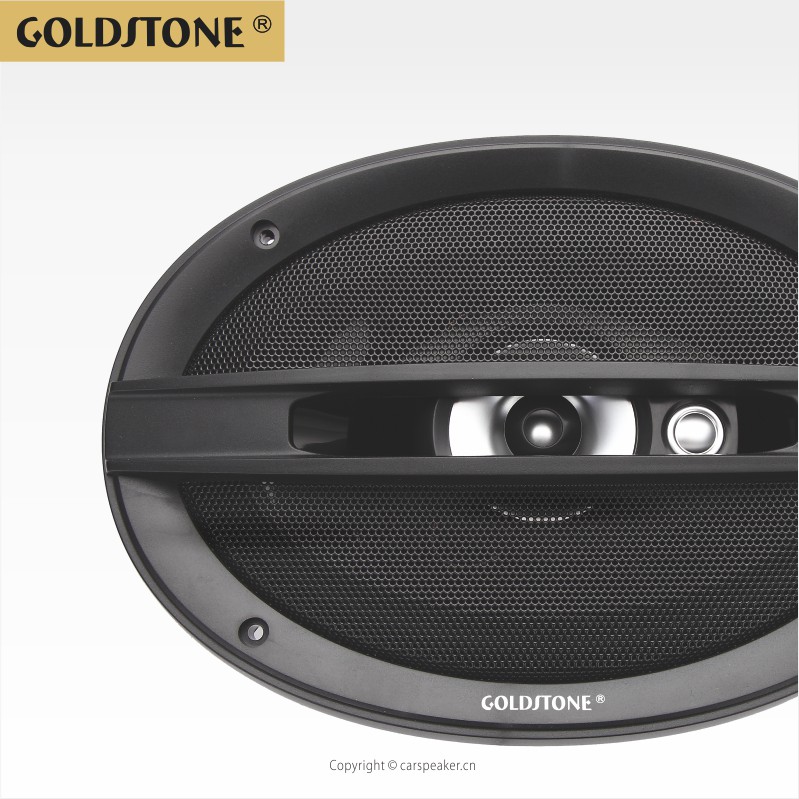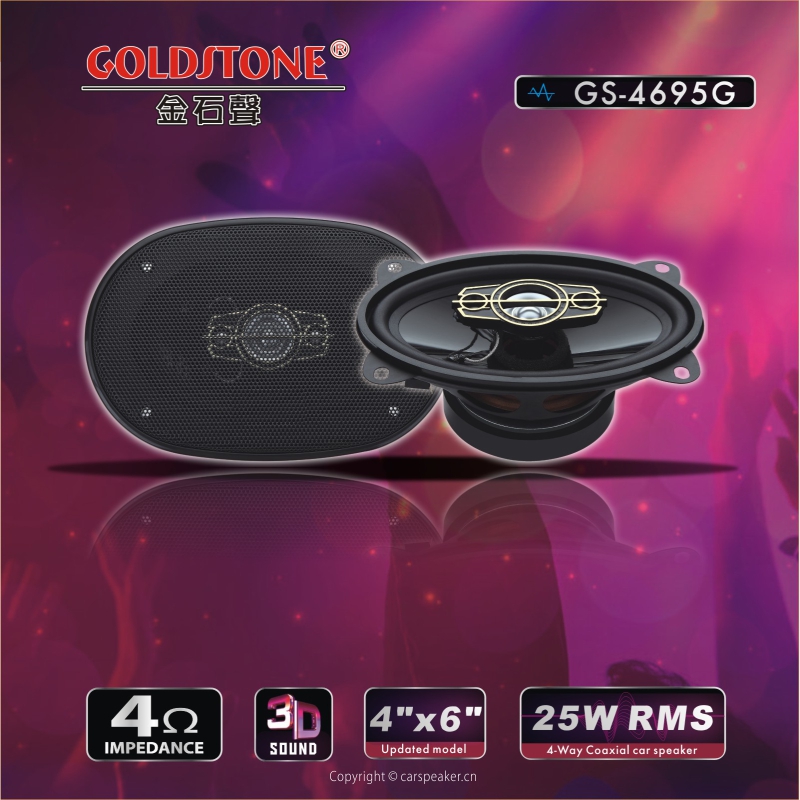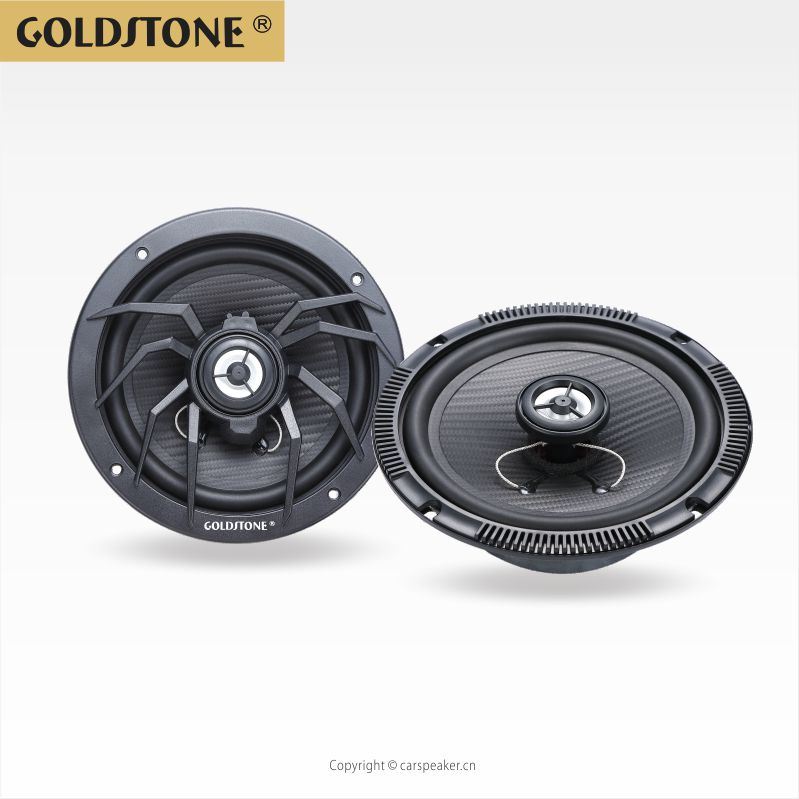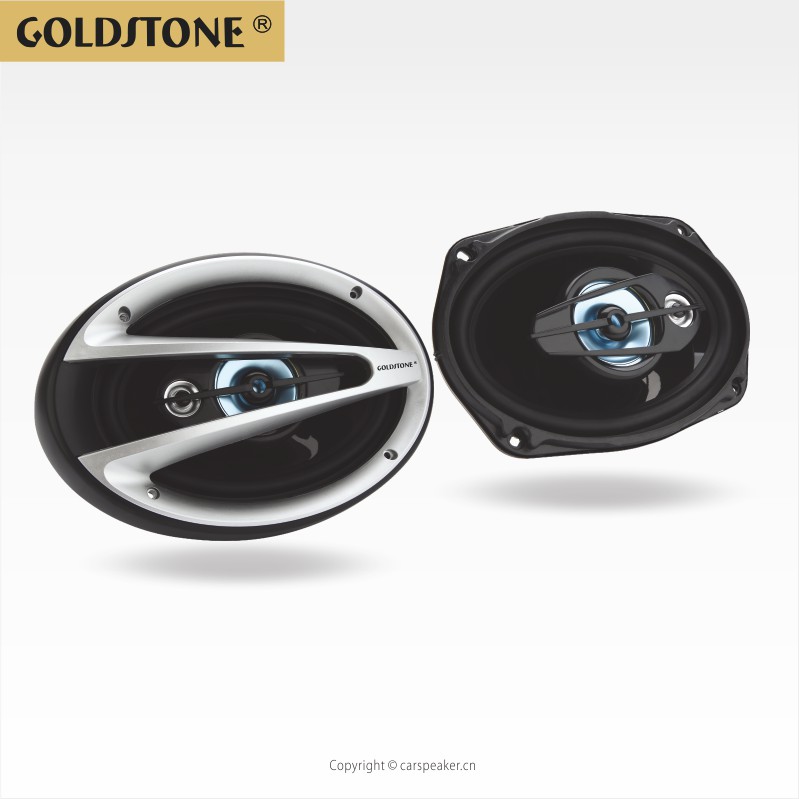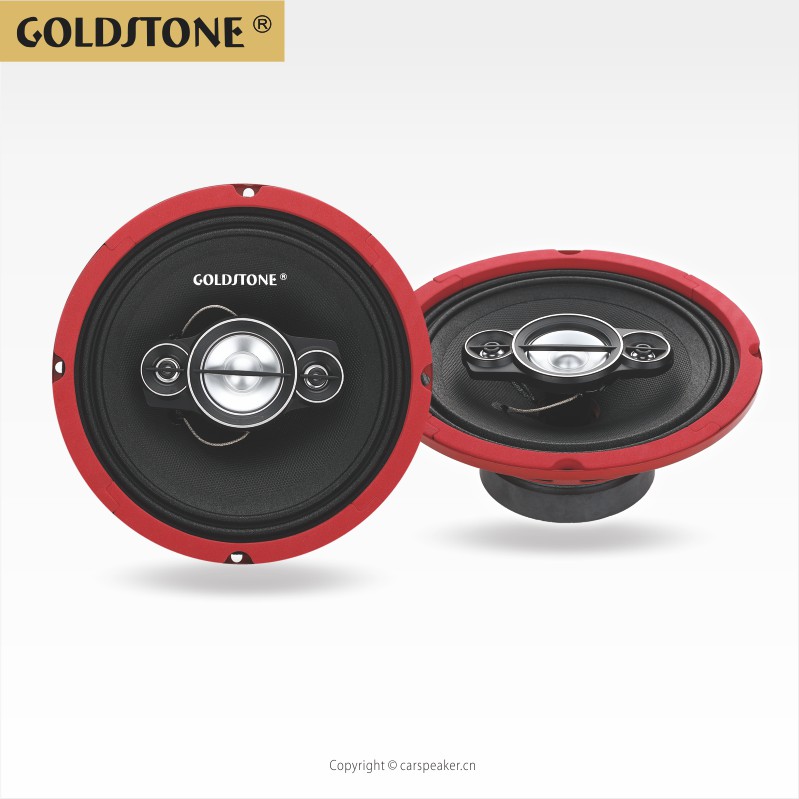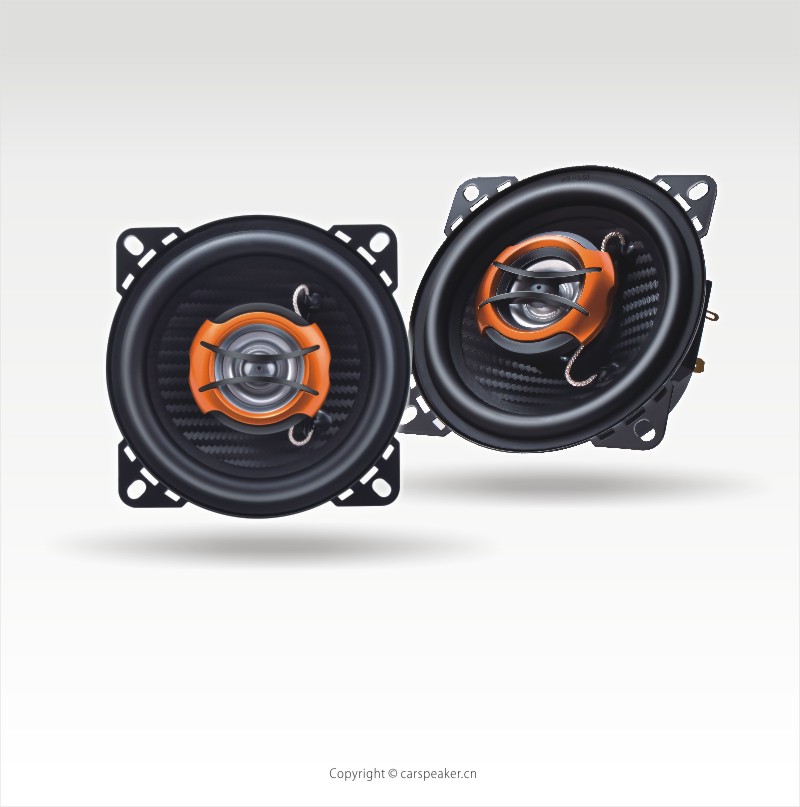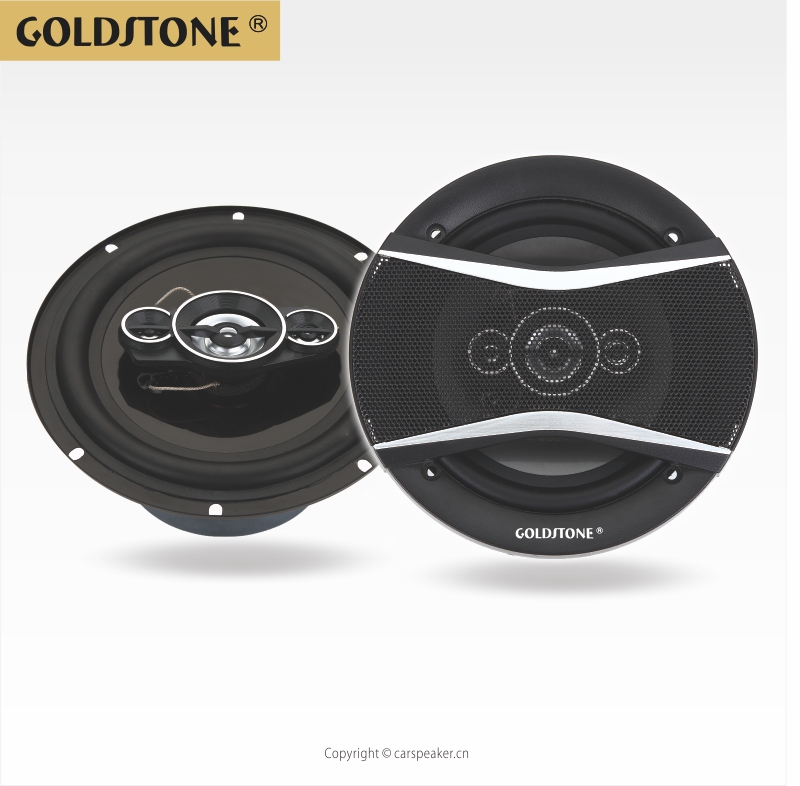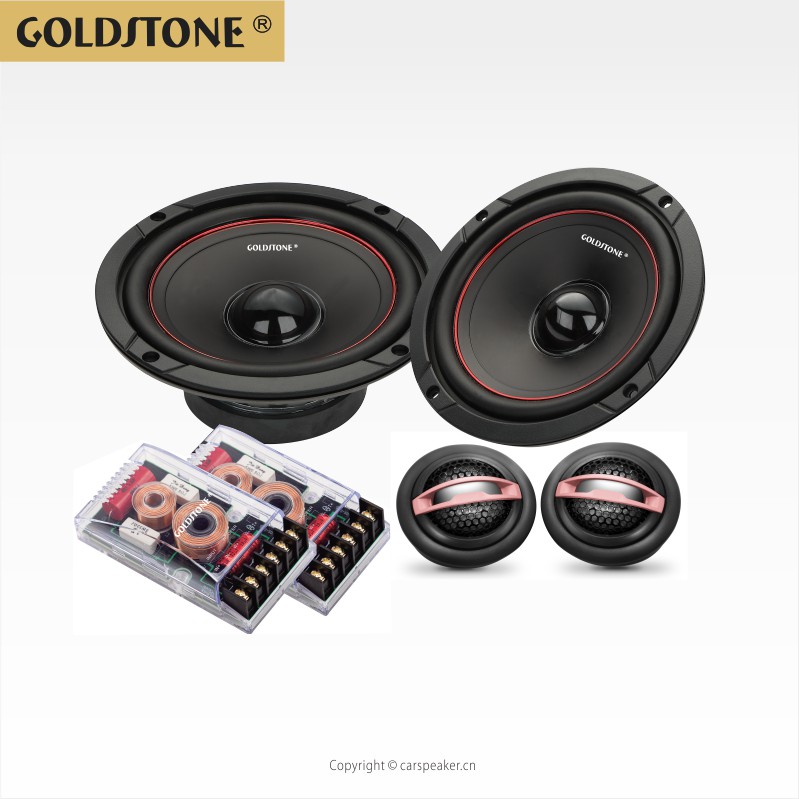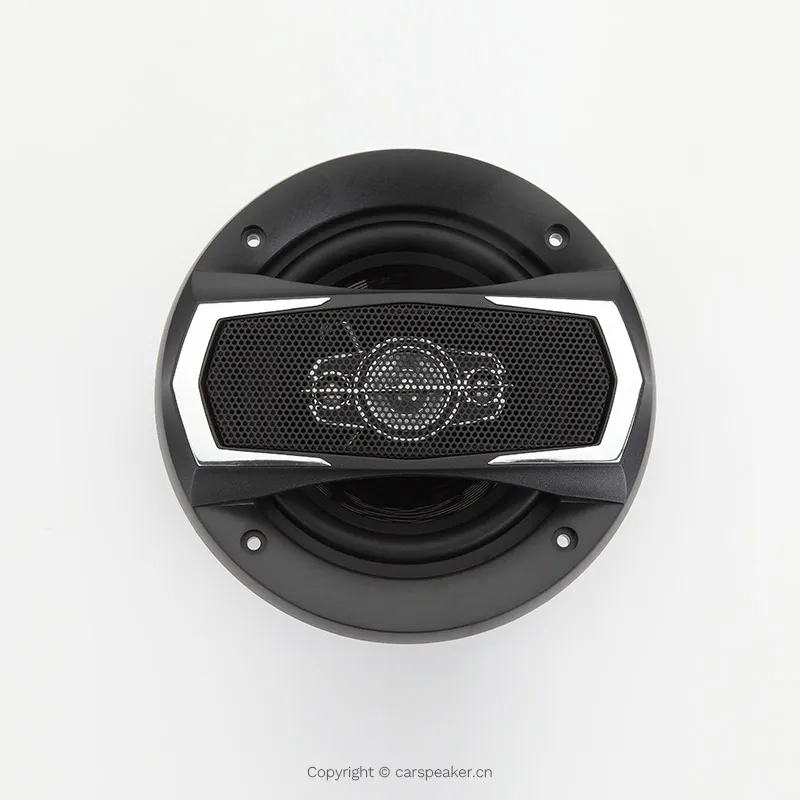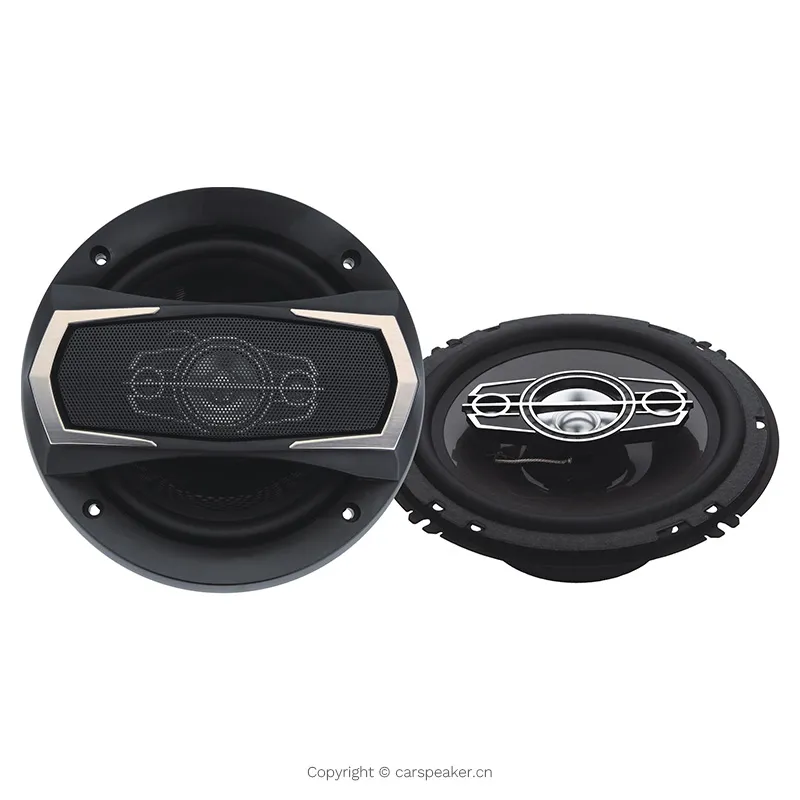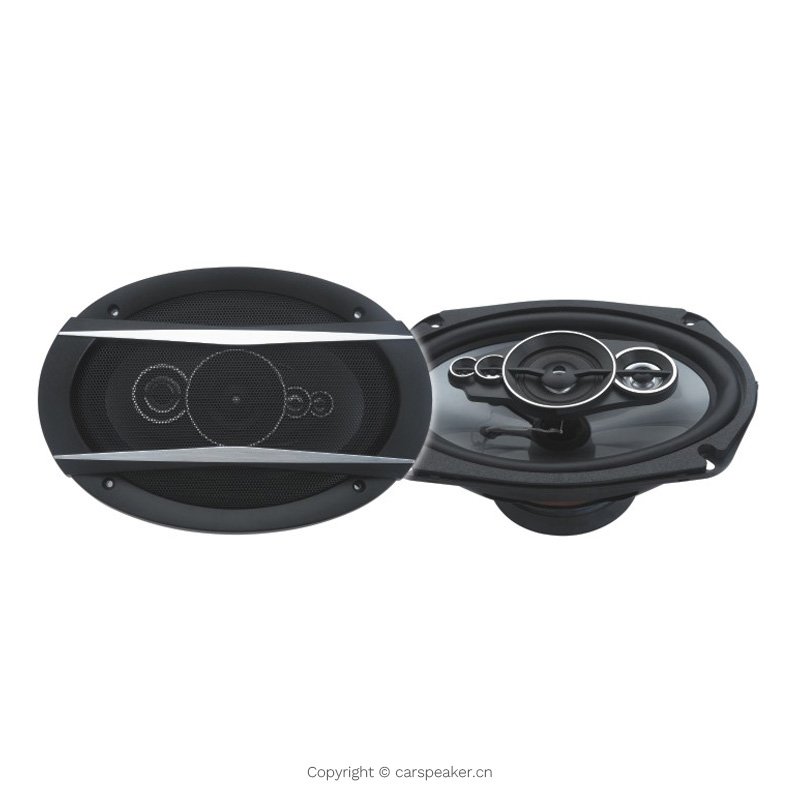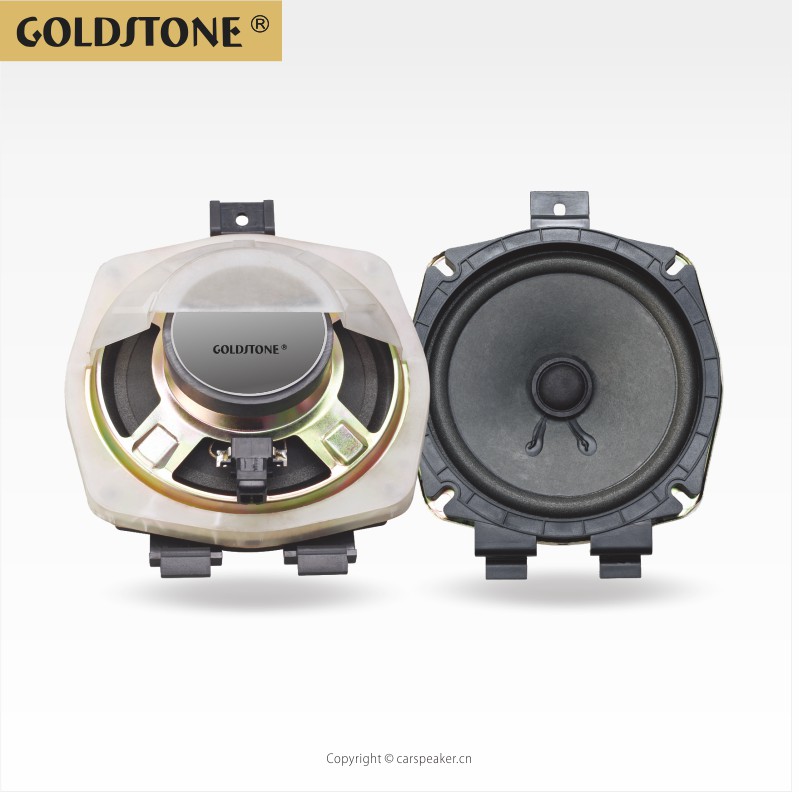Car Tweeter Speaker Supplier – Wholesale Sets for Car Audio Systems
Source high-quality car tweeter speakers directly from our factory – wholesale prices, and fully customizable OEM/ODM services. Perfect for car audio upgrades. Request a quote today!
Top categories
منذ 1999
سماعات سيارتك
الصانع
جولدستون هي شركة متخصصة في تصنيع منتجات نظام الصوت في السيارة، تجمع بين التصميم والإنتاج والمبيعات.
بفضل خبرتنا الواسعة في هذا المجال التي تزيد عن 24 عامًا، تمكنا بنجاح من تطوير سلسلة من خطوط المنتجات التي تشمل مكبر الصوت للسيارة، سماعة الصوت المنخفض، التويتر ومكبر الصوت بمجموعة المكونات.
قامت جولدستون بتوزيع منتجاتنا في أكثر من 40 دولة في الخارج وحازت على سمعة طيبة من عملائنا.
Annual production capacity of 200,000 sets of speaker products. Cooperate with many well-known material suppliers to ensure fast delivery.k
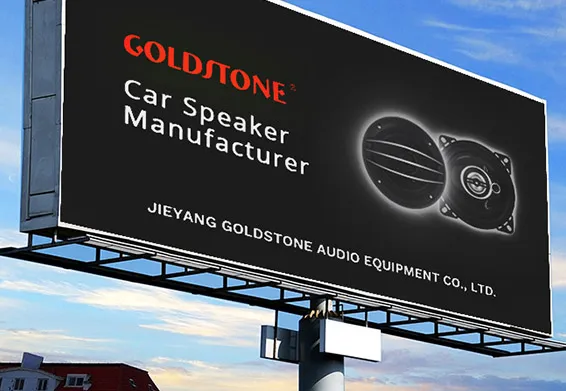
About Car Audio Tweeters
Types of Car Audio Tweeters
A car audio tweeter is a speaker designed to reproduce high-frequency sounds in the audio spectrum. It is commonly used in car audio systems to enhance sound quality and deliver a more immersive listening experience. When it comes to car audio tweeters, there are several types available, each with its unique features and advantages.
- Dome Tweeters
Dome tweeters are the most widely used type of tweeter. They feature a small, lightweight diaphragm that moves back and forth to produce sound. The diaphragm is typically made of soft materials such as silk or polyester, which gives dome tweeters a smooth and natural sound. These tweeters are versatile and can be integrated into various car audio systems. They are particularly well-suited for reproducing vocals and acoustic instruments.
- Bullet Tweeters
Bullet tweeters are named for their distinctive bullet-like shape. They utilise a hard diaphragm made of aluminium or titanium that moves rapidly to produce sound. Bullet tweeters are known for their high efficiency and ability to deliver loud, piercing high frequencies. They are often used in car audio systems to create a more dynamic and attention-grabbing sound. Bullet tweeters excel at reproducing cymbals, hi-hats, and other sharp sounds.
- Ribbon Tweeters
Ribbon tweeters use a thin metal ribbon that moves back and forth within a magnetic field to produce sound. When an audio signal is applied, the ribbon vibrates, creating high-frequency sounds with exceptional detail and clarity. Ribbon tweeters are often found in high-end car audio systems where sound quality is paramount. They are particularly effective at reproducing complex high-frequency sounds.
- Electrostatic Tweeters
Electrostatic tweeters feature a thin diaphragm sandwiched between two conductive plates within an electrostatic field. When an audio signal is applied, the diaphragm vibrates, producing sound. These tweeters are renowned for their exceptional sound quality and ability to reproduce high frequencies with extreme accuracy. They are typically used in specialised car audio systems where sound fidelity is critical. However, electrostatic tweeters require a dedicated power supply and are more expensive than other types of tweeters.
- Planar Tweeters
Planar tweeters combine elements of ribbon and electrostatic tweeter technology. They use a thin, planar diaphragm that moves in response to an audio signal, producing sound. Planar tweeters are known for their excellent sound quality and ability to reproduce high frequencies with precision and detail. They are often used in premium car audio systems where audio performance is a top priority. Planar tweeters offer a balance between the efficiency of ribbon tweeters and the accuracy of electrostatic tweeters.
Specifications and Maintenance of Car Audio Tweeters
When selecting car audio tweeters, there are several key specifications to consider:
- Frequency Response
Tweeters are designed to reproduce high-frequency sounds, such as cymbals and vocals. The frequency response, measured in Hertz (Hz), indicates the range of frequencies the tweeter can produce. Most tweeters cover a range between 2,000 and 20,000 Hz, with some high-end models reaching up to 40,000 Hz. A wider frequency range allows the tweeter to deliver more detailed and accurate sound.
- Power Handling
Power handling is crucial when matching tweeters to a car audio system. Measured in watts (W), the power rating should align with or exceed that of the car receiver or amplifier. This ensures the tweeter can handle the power without damage.
- Impedance
Car audio tweeters come in different impedance levels, measured in Ohms (Ω). Common values are 4Ω and 8Ω. To ensure efficient operation, the impedance of the tweeter should match that of the other speakers in the system.
- مادة
The material of the diaphragm and surround affects both sound quality and durability. Common diaphragm materials include silk, polyester, aluminium, and titanium. Silk offers a smooth sound but is less durable, while aluminium and titanium provide a brighter, more aggressive sound but may introduce ringing or distortion.
- Mounting Options
Tweeters can be mounted in various ways, depending on the design and car model. Options include flush mounting, surface mounting, and angle mounting. Flush-mounted tweeters are installed into a panel, offering a sleek look, while surface-mounted tweeters are attached to a bracket for greater visibility.
- Features
Some tweeters come with built-in crossovers, which filter high frequencies for the tweeter and low frequencies for the woofer. This ensures each speaker operates within its optimal range. Additional features may include adjustable output levels and neodymium magnets, which enhance sound quality.
Maintenance Tips for Car Audio Tweeters
To ensure your car audio tweeters perform well for years to come, follow these maintenance tips:
Avoid Overpowering: Match the tweeter’s power rating to your car audio system and avoid playing audio at excessively high volumes.
Prevent Dust and Debris: Regularly clean the tweeters to avoid dirt buildup, which can damage the diaphragm and affect sound quality.
Avoid Moisture: Car audio tweeters are not waterproof, so protect them from moisture to prevent corrosion and electrical damage.
Clean Carefully: Use soft materials when cleaning tweeters, and avoid sharp or abrasive tools that could scratch or damage the surface.
Prevent Physical Damage: Handle tweeters with care, avoiding contact with the diaphragm or surround to prevent distortion.
How to Choose Car Audio Tweeters
When selecting car audio tweeters for resale or retail, consider the following factors:
- Brand Reputation
Opt for reputable brands known for producing high-quality audio products. Reading online reviews can help you gauge a brand’s reliability.
- Sound Quality
Evaluate the frequency response range and sensitivity rating. A wider frequency range and higher sensitivity rating indicate better sound quality and louder output.
- Power Handling
Check the RMS and peak power ratings to ensure compatibility with the buyer’s audio system or amplifier. This prevents damage and ensures distortion-free sound.
- مادة
Consider the materials used in the tweeter’s construction. Silk or polypropylene domes offer a smooth, natural sound, while aluminium or titanium domes deliver brighter, sharper tones.
- Mounting Options
Choose tweeters with mounting options that suit your customers’ needs, whether flush-mounted, surface-mounted, or angle-mounted.
- Budget
Set a budget and compare features to find tweeters that offer the best value for money. Higher-priced models are not always superior.
- Warranty
Look for tweeters that come with a warranty or satisfaction guarantee, providing protection against defects.
How to Replace Car Audio Tweeters (DIY Guide)
Replacing car tweeters is a straightforward process that can be done at home with basic tools. Follow these steps:
Gather Tools and Materials: Ensure you have the correct tweeters, along with tools such as a screwdriver, wire strippers, electrical tape, and possibly a drill.
Disconnect the Battery: For safety, disconnect the negative terminal of the car’s battery to prevent electrical shorts.
Remove the Old Tweeter: Locate the existing tweeter (often in the door panel or dashboard) and carefully remove it using a screwdriver or trim tool.
Disconnect the Wiring: Detach the wiring harness from the old tweeter, noting the connections for reinstallation.
Prepare the New Tweeter: If necessary, attach any included mounting hardware or adapters.
Connect the Wiring: Attach the wiring harness to the new tweeter, ensuring correct polarity.
Mount the New Tweeter: Secure the tweeter in place, avoiding over-tightening.
Reconnect the Battery: Reattach the negative terminal of the car’s battery.
Test the New Tweeter: Play music to confirm the tweeter is functioning correctly and adjust settings as needed.
Q&A
Q1: Do tweeters use more power than woofers?
A1: No, tweeters use less power than woofers because they are designed to reproduce high frequencies, which require less energy.
Q2: Are affordable car audio tweeters worth it?
A2: Affordable car audio tweeters can be a good option for those on a budget, offering improved sound quality over standard speakers. However, they may not match the performance or durability of higher-end models.
Q3: Do tweeters consume a lot of power?
A3: No, tweeters typically use minimal power from the amplifier or head unit.
Q4: Can tweeters be connected directly to a head unit?
A4: Yes, tweeters can be connected directly to a head unit without causing damage, provided they are compatible.
